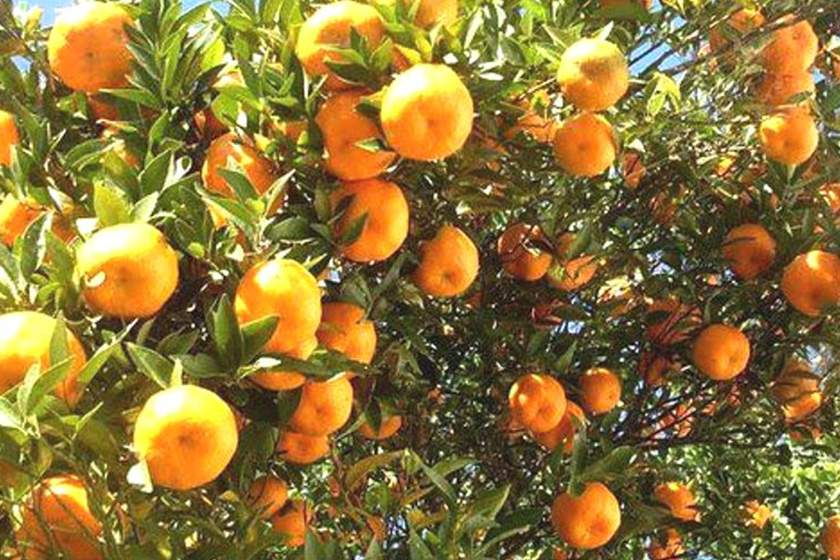
Orange fruit refers to the fruit with oil-filled glands in the peel and small juice-filled sacs inside the fruit. The orange fruit mainly cultivated in Nepal includes orange, junar, lemon, nibuwa, mausam, jamir, bhogte, vimiro, etc. In terms of area and production, the orange variety occupies the third place in the world, while various statistics show that it occupies the first place in Nepal.
Water:
Even though orange fruits are collectively called subtropical fruits, some varieties of oranges can be successfully cultivated in hot climates. It can be easily cultivated up to height. This type of climate is found in the central mountainous region of Nepal. 1000 m to produce oranges, to produce plants. should not be less than Suitable altitude for orange production is 1000-1200 m. is considered For oranges, the temperature between 50°C and 40°C is considered good, while the ideal temperature is around 190°C. 950 mm in terms of annual rainfall. - 2000 mm is considered suitable. 8-11 hours of sunlight per day is considered good.
Orange fruit likes more light, but in a humid place with a little shade, the fruits are juicy and big. The plant blooms well after the winter cold. After flowering, more temperature is needed for the development of fruits, but if it is too hot and too dry, the flowers and fruits fall. At the time of fruit ripening, if it is cold at night and hot during the day, the color of the fruit will be attractive yellow. It is considered good if the temperature difference between day and night is more.
Soil:
Soil depth more than 1 meter (without stones), light loam and organic matter, non-water-logging soil is considered suitable for this cultivation. The chemical properties of soil are indicated by its acidity (pH) label and should be around (pH) 6.5.
This Ph. If it is more than the label, the plant's ability to receive micronutrients decreases, and if it is less, mineral elements such as lime and magnesium become more soluble and flow away. pH of the soil with the help of agricultural lime. can be increased. It is considered good if the amount of salt (salinity) in the soil is low.
Selection of plants:
Which plant to plant depends on the farmer. Kalmi or biju, depending on the place, both types of plants can be planted. The plant should be at least 2 years old, 1.5-2.5 feet tall. When planting biju seedlings, it is better to plant only seedlings recommended by the District Agricultural Development Office from nurseries established at an altitude of at least 1200 meters.
Choice of location and land:
Orange cultivation can be done successfully in Mohada, which is located in the central hilly part of Nepal (600-1400 meters above sea level) with transport facilities facing north, close to the market, close to the irrigation source.
Orange cultivars live for several years once planted. Therefore, it requires long-term planning and investment. Even a small mistake can lead to long term and huge losses so caution should be taken early
When choosing a place to plant a garden, you should pay attention to the following things:
The climate should be relatively free from the danger of heat and wind.
Sufficient water should be available (irrigation facility).
There should be fertile soil and good internal drainage system.
Appropriate climate and soil requirements should be taken into consideration.
Apart from this
Suitability of selected orange varieties,
availability of cheap labour,
Proximity to market,
Consideration should also be given to the proximity of the road for transportation.
Drawing of the garden:
Garden planning is the method of planting plants. Since the garden will last for a long time, it should be planted scientifically. The scientific way of planting is the method of planting that is attractive to look at, all the plants need to reach the right distance, sun, pruning, watering, fertilizing, sowing pesticides, spacing, walking, etc. It is a scientific drawing method.
This can be done in the following ways according to the size of the land.
Vargakar – S is used in Samthar Thau. It has equal distance from plant to plant.
Importer's method - This is also a method of drawing on level ground. When planting plants in this way, the distance from one plant to another is less on one side and more on the other side.
Triangle shape – plants are planted in this way on steep land. When planted in this way, 15 percent more plants will stick than others.
Contour method - If it is not easy to draw in a triangular way in a steep place with many channels, plants are planted by drawing in this way. When drawing in this way, although the distance from one line to another line is equal when viewed from above, the distance from one plant to another plant above and below is not equal. Plants are equally spaced on a planet. But the distance from one hole to another hole may not be equal and the distance of the same karand plant may not be the same.
Land Preparation:
There is no need to prepare or improve the land in the cultivated field. All the trees, shrubs, bushes in the garden should be cleaned and burned. Large rocks should be removed and cleaned. If you have to establish a garden on uncultivated steep land, you need to make a deep trench. Suitable ditches should be made for irrigation and drainage. For the security of the garden, the fence should be fenced properly. 9 For this, barbed wire, stone (brick wall, live bushes, plants, etc.) according to the facilities. If there is a strong wind, quickly
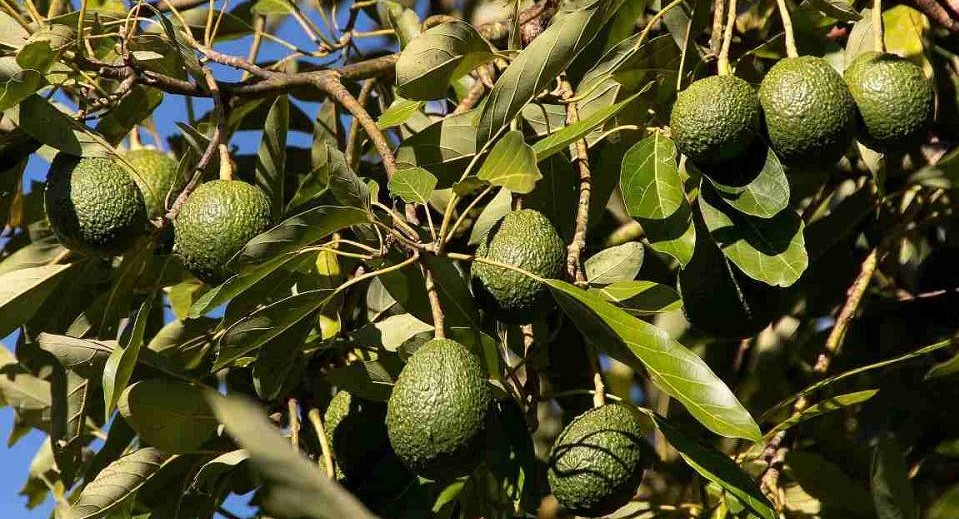
Avocado in Nepal: A Superfruit with Farming and Earning Potential
Friday, November 14, 2025
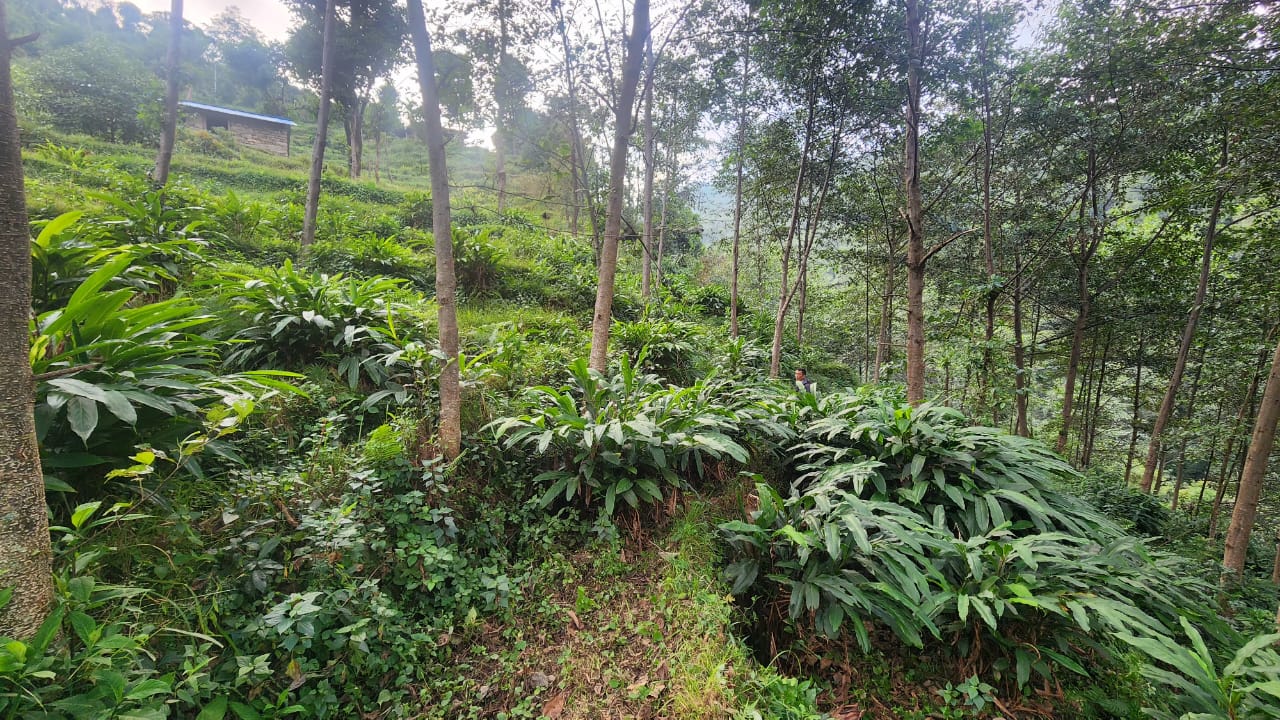
Common Mistakes in Cardamom Farming and Their Practical Solutions
Wednesday, November 12, 2025
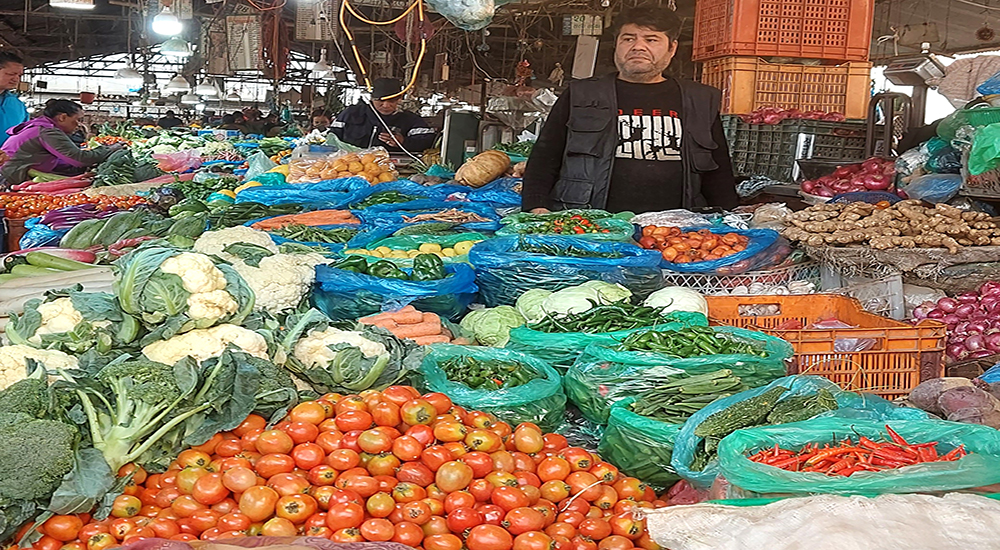
यस्तो छ आजका लागि सागसब्जी र फलफूलको थोक मूल्य
Wednesday, November 5, 2025
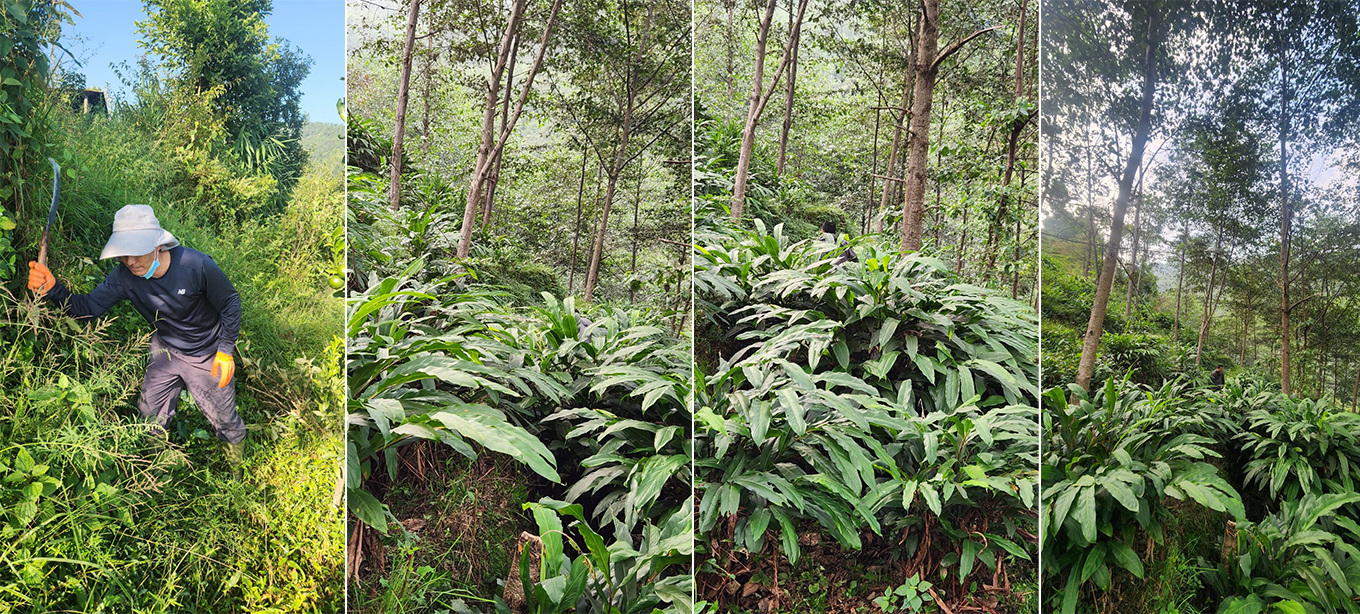
Commercial Cardamom Farming in Dolakha
Friday, October 31, 2025
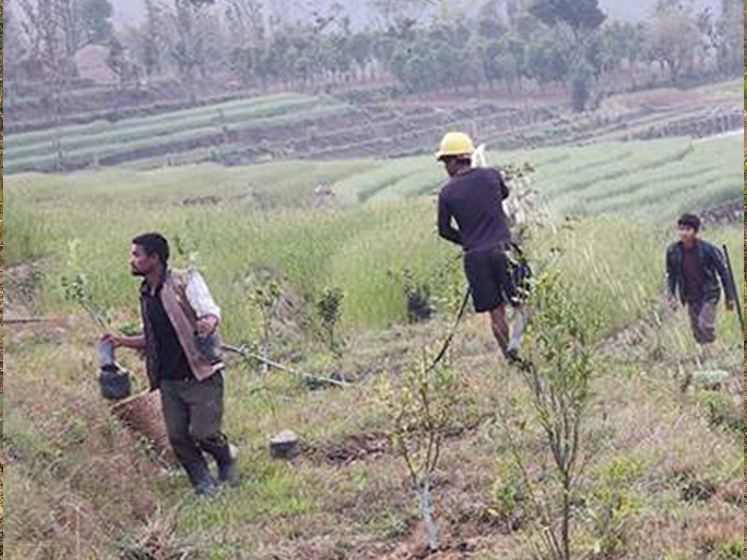
Agro Tourism in Nepal
Friday, October 10, 2025
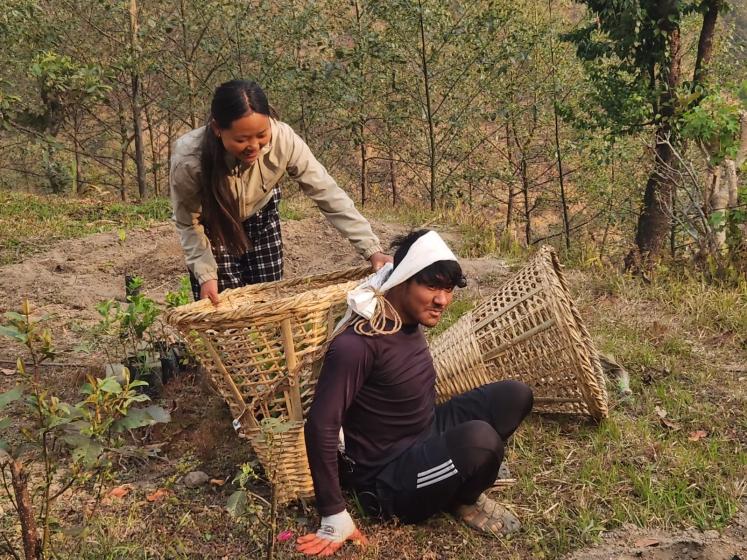
Agro Tourism in Dolakha, Nepal: A Hidden Gem for Farmers and Nature Lovers
Sunday, September 28, 2025